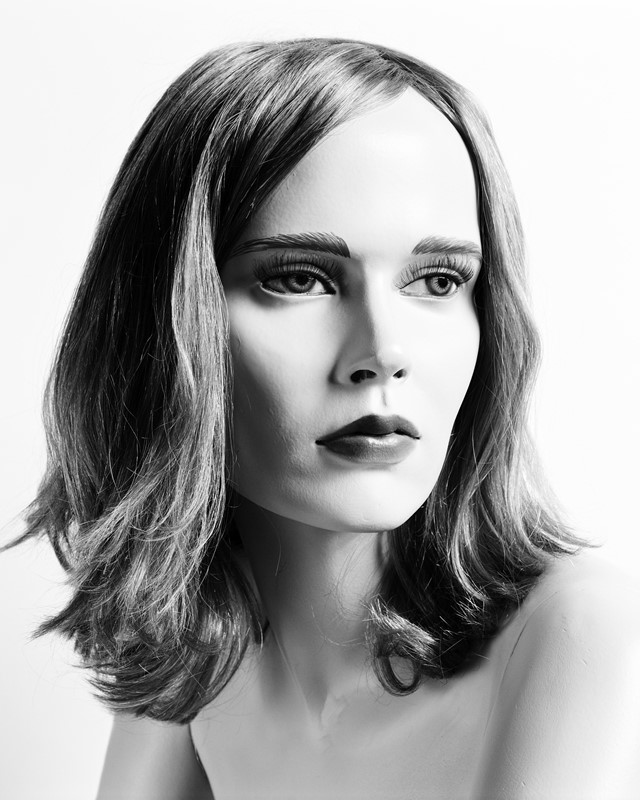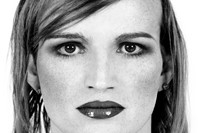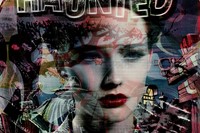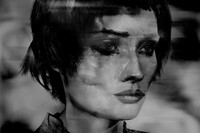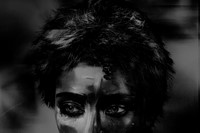French photographer Valérie Belin’s new exhibition is a luxurious exploration of the feminine
We revel in the splendour of surfaces, rarely delving below them and often mistaking the appearance of things for their inner truth. With an unmistakable understanding of the pleasures of sight, French photographer Valérie Belin gives us what we want while simultaneously examining the intersections between identity and artifice with a luxurious exploration of the feminine in her large-scale artworks.
Belin’s gift lies in her ability to make us question the nature of our desires. Taking the notion of gender as a construct to the logical extreme, she photographs mannequins and models alike in a manner that simultaneously embraces and deconstructs our stereotypes.
“What I am trying to express in my work is related to my status as a woman, in a humble way. It doesn’t have a militant aesthetic nor a political discourse,” Belin says. She does just this in her eponymous exhibition, opening February 21 at Huxley-Parlour, London, which features 15 works from the series Transsexuals, Mannequins, Brides_XXX Toys, Super Models, All Star, and Painted Ladies, made between 2001 and 2017. Here, Belin speaks about the power of images to shape our beliefs about what “female” means.
On our love for manipulated images...
“The appeal of manipulation of the female gender originates from the idea of stereotypes. A cliché becomes a cliché because it is an object of desire: the desire of beauty, the desire to belong, the desire for social recognition, the desire to be someone else. Stereotypes fascinate for their capacity to generate a desire to identify oneself by imitation or rivalry. To conform is to become an object of desire.”
On the construction of gender...
“Questioning the idea of gender as a construct is intrinsically linked to the idea of stereotype in our society. The desire of being someone else, generated by clichés, constitutes the starting point of many of my photographic series. The use of a hyperrealistic aesthetic, founded on a precise protocol, allows me to highlight every texture, every detail, and draw attention to the importance of clichés and their impact – whether it is an object, a theme, or a person. What appears to be glamourous, at first sight, finds itself dissected in a cold, surgical and distant manner.”

On the construction of the photograph...
“With the emergence of digital technology, new techniques in photo editing began to develop allowing me to work in post-production, by adding information, and create more intricate, more unsettling and less evident images. By decontextualising the subject and objectifying it, what we once saw as familiar and ordinary becomes evasive and extraordinary. Through this process of abstraction I tend to bring out the disturbing and hollow quality of my subjects to the photograph’s surface and breed a feeling of confusion within the viewer.”
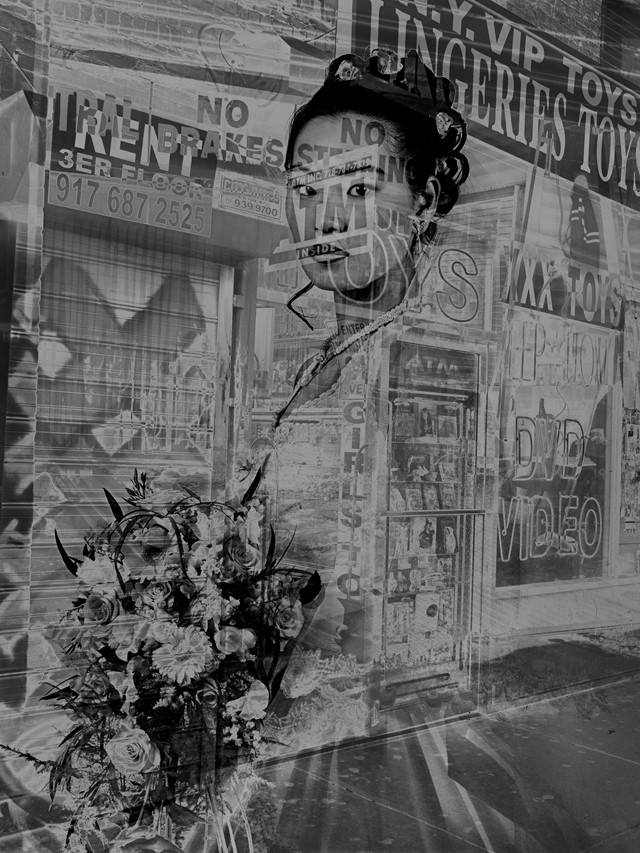
On how digital technology influences our perception of reality...
“I have been questioning the nature of the image, the process involved, and what the viewer is looking at in my latest work, Painted Ladies. Confronted with these portraits of made-up ‘models’, the viewer experiences a sense of uncertainty, known as the Freudian concept of the ‘uncanny’. The affected stylisation of these subjects carries a conspicuous veneer of artificiality that mirrors our culture’s mainstream acceptance of staged and hyper-edited images as reality; and reframes the recurring questions of the relations between figuration and abstraction, reality and fiction.”
On the interplay between fantasy and beauty...
“Fantasy – which can be defined both by an object of desire and an idea with no basis in reality – is related to beauty. The distinction between what is considered beautiful and what is not is shadowy; my subjects appear to be compelling and repelling at the same time. The crux of the matter resides in transformation. These portraits can be considered as typologies where the subject finds itself taken out of context, and transcended only by its photographic quality. It is in the artifice of photography, which seems to exceed the ordinary, that I find beauty.”

Valérie Belin runs at Huxley-Parlour, London, until March 17, 2018.
